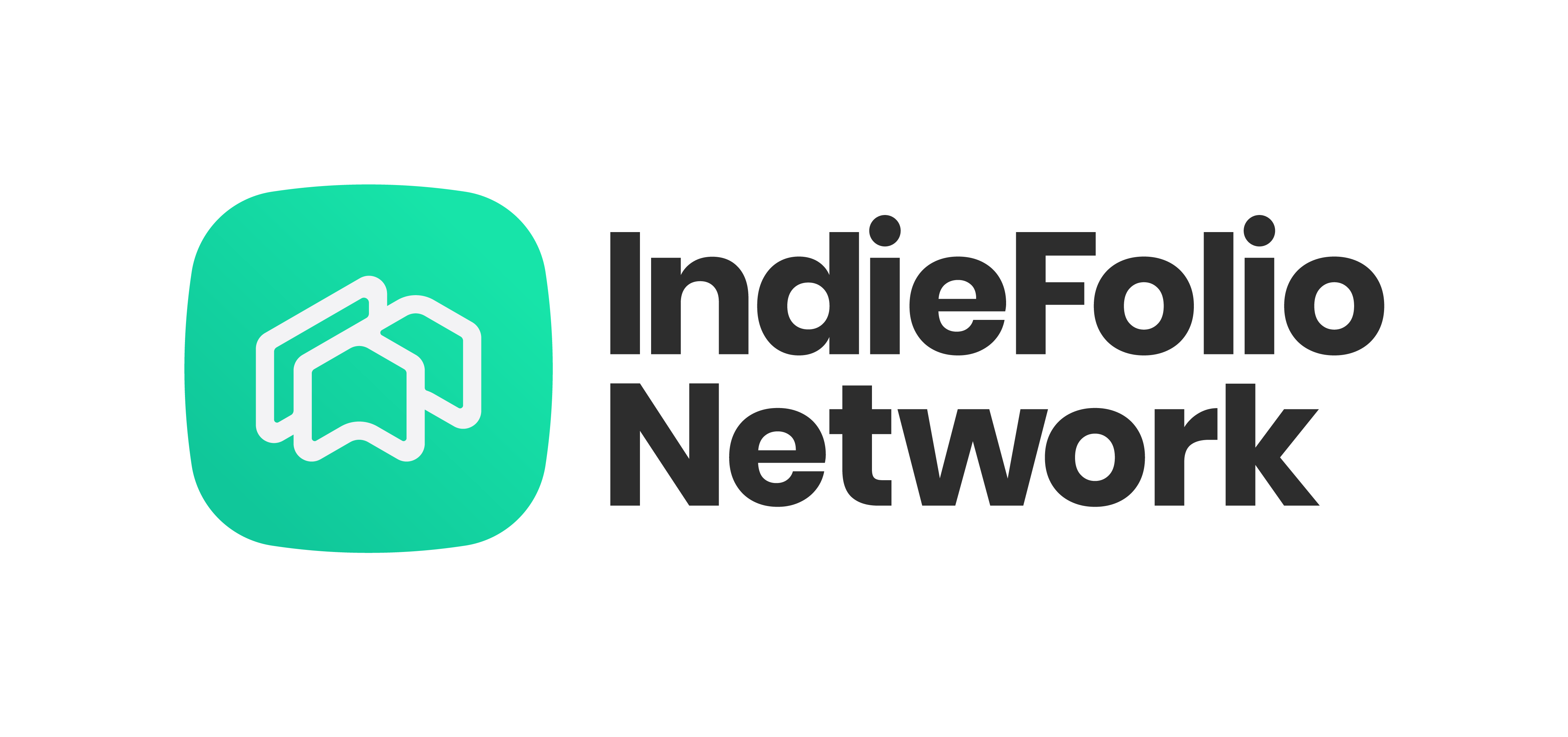The article was originally published on Medium by Karthikeyan P.
It is increasingly becoming very clear that design is playing a critical role in the success of products and business. However, the results are varying from “nah” to ‘aha”. Turns out that the reason for these different results is maturity (mindset, processes, and resources) of the organizations trying to leverage design.
“It’s very simple math if the process and resources are aligned with expectations the results can also be stunning.”
Like we have CMM (Capability Maturity Model) levels in software development, we have UXM (User Experience Maturity) levels for UX.
The following illustration is our take on the UX maturity levels defined by Neilson Norman group which is more or less very similar.

So here’s F1studioz take on what to expect at each level of design maturity:
LEVEL 1 — No design benefits expected
If your organization doesn’t have a dedicated design resource yet, chances are that the organization either not aware of design or it’s been achieved collectively by managers and developers. Unfortunately, there can be no benefits expected from part-time design.
LEVEL 2 —Good looking
If you do have one designer in the team, chances are that person is seen as a creative resource who is good with layouts, typography, and colors. This is the first step for the organization in design but not the last one. Usually, the design is an afterthought after the development is done. The benefit the organization gets out of operating at this level is that the products look good.
Inclusions: Visual Designer (or Generalist)
Contributions by Visual design (or Generalist):
- Introducing to design lingo
Value: Making a product look good only helps in creating a better perception of the product and may even help to boost sales. If the first designer is a design generalist, the organizations might be benefitted by the design evangelism (if done well)
LEVEL 3 — Ease of use
It’s only after the product managers do not see any ROI from the design they turn their eyes to data and find drop-offs at certain places or learn that product offerings are completely or partially misunderstood by the users.
At this level, the organizations tend to hire more designers, but not, visual designers. They either get a researcher or usability expert or Interaction designer. In slightly bigger organizations they have the luxury of hiring a product writer as well. However, there is no clear ownership for design.
Inclusions: Design Experts (Usability, Interaction, Product writing)
Contributions by Design Experts to the culture:
- Design expertise in respective departments
- Design process from each expert
Value: The product is easy to use and understand. The organization starts to see some ROI from investment into design.
LEVEL 4 — Consistency, Robustness & Scale
At level 3, the product does start seeing results but it’s very unorganized and inconsistent. What’s missing is a holistic view about the product from a user’s perspective. Although, there is a lot said and even claimed to be done for the user are Level 3 but it’s not a single view.
The situation is similar to Jon Godfrey Saxe’s poem called “The elephant and the blind men”. Below is a public domain illustration by the artist Hans Moller

True UCD (user-centered-design) is achieved only when we have a lead designer. The lead designer is one who connects with all the individually contributing experts and gives the design practice a balance by bringing consistency, robustness, and scalability.
Inclusions: Design Leader
Contributions by Design Leader to the culture:
- Design Strategy
- Design Practices & Rituals
Value: The benefits of uniting all the individually contributing experts is that end user’s problems are truly solved.
LEVEL 5 — Delight & Transformation
Most businesses are greatly benefitted greatly once their design leadership starts to kick some ass. Many organizations do not evolve beyond this level.
However, if the expectation from design is transformation of the business or the domain or simply delighting the customers, we need one more layer of leadership that is equal to the CxO level and directly reports to the CEO. The role I am talking about is CDO (Chief Design Officer) or a Design director.
Inclusions: Design Director
Contributions by Design Director to the culture:
- Design Thinking
- Design Principles
- Vision
Value: This is when the organization truly starts to transform and often used phrase of x to 10x can be achieved
“Please note that levels of maturity are only the natural progression on an organization that grows naturally and there is no restriction on achieving level 5.
“Also notice, the design maturity model underlines the importance of a design team and building a team takes time and money.”
Even if the organization pours money and forms a team it takes time for the team to perform as shown in this graph. For more details please refer to Tuckmann’s stages of group development in this link.

The article was originally published on Medium by Karthikeyan P.






